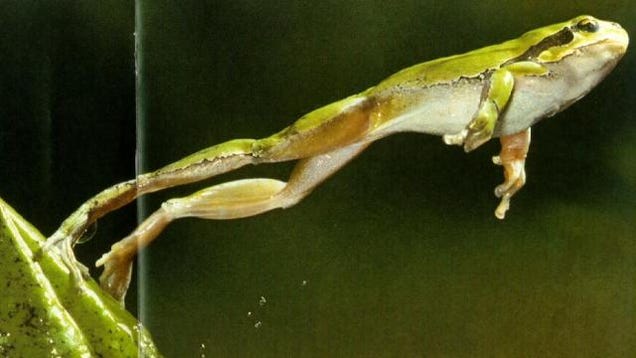
Top 17 interesting facts about Yaks
Keep following to get more amazing information about top 17 interesting facts about Yaks
Yaks are able to withstand temperatures of –40 degrees F. At this temperature, they have even been seen bathing in lakes and rivers. The yak’s warm coat provides insulation through a thick outer coating of long hair and a dense inner coating of matted, shorter fur.
- Most yaks are domesticated animals, though there is also a small, vulnerable wild yak population
- Yaks are herd animals. Herds can contain several hundred individuals, although many are much smaller.
- The herds consist primarily of females and their young, with a smaller number of adult males.
- A great deal of the yaks time is spent on grassy plains in the mountains grazing on grasses, herbs and wild flowers.
- Yaks live at the highest altitude of any mammal. That might be one of the most awesome animals facts you had no idea before.
- Similar to other cow species, the yak has more than one stomach which it uses to successfully get all the nutrients out of the plants that it eats.
- Yaks have firm, dense horns which they use to break through snow in order to get the plants that are buried beneath it. They will also use their horns in defence. How much do you know about tiger facts?
- They have a dense undercoat covered by generally dark brown to black outer hair, which almost reaches to the ground.
- In winter a yak can survive temperatures as low as -40 degrees (F).
- At night and in snowstorms, they will protect themselves from the cold by huddling up together, with the calves in the centre.
- Births usually occur in June and a single calf is born every other year.
- The female will find a secluded spot to give birth, but the calf is able to walk within about ten minutes and the pair will rejoin the herd.
- Yaks are highly friendly in nature and there has been very little documented aggression from yaks towards human beings, although mothers can be extremely protective of their young and will bluff charge if they feel threatened.
- Contrary to popular belief, yak and their manure have little to no detectable odor when maintained appropriately in pastures or paddocks with adequate access to forage and water. Learn more about science facts via our wide range of articles.
- Yaks grunt and, unlike cattle, are not known to produce the characteristic bovine lowing (mooing) sound.
- Historically, the main natural predator of the wild yak has been the Tibetan wolf, but brown bears and snow leopards have also been reported as predators in some areas.
- The wild yak is threatened by loss of habitat and over hunting by humans.












